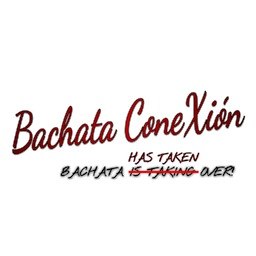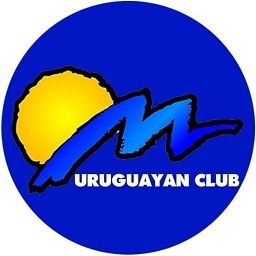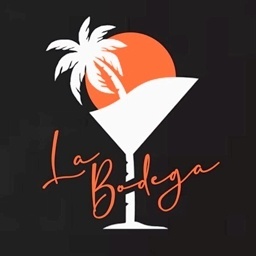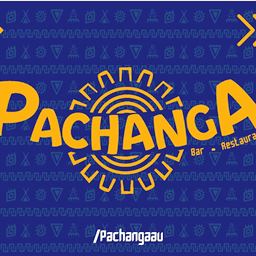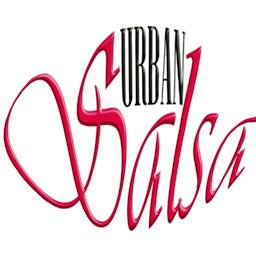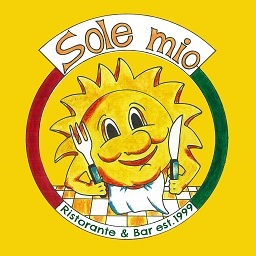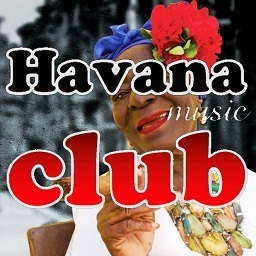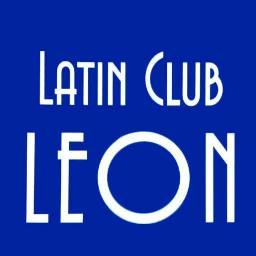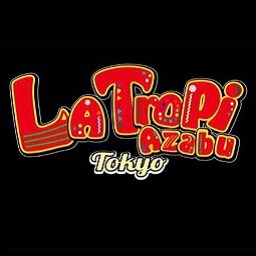North America / USA /
Building Community Through Dance: Dancing Latin Dance is available for fundraisers, school functions benefit/awareness events, charities, multicultural celebrations, and special events.
Bailando Latin Dance Company is dedicated to heightening awareness and appreciation for the art of dance through education, outreach programs, and public demonstrations. The company’s motto is ‘Building Community Through Dance.
More than just a dance company
Their will be an emphasis on Caminadas (walks) and will master the basic figure 8 step; will also cover ochos (crossing/pivoting figure), basic boleos (to throw, keeping knees together, swivel & turn), basic ganchos (hooks), and giros (a turning step), molinete (windmeel).

Salsa Combo Classes
Learning follow and lead technique is emphasized along with the ins and outs of the salsa turn patterns, footwork, and shines. They cover cross-body leads, the copa, and combination patterns… body isolation, cuban motion, and footwork/shines will be taught in open and closed-position.
Services
They host instruction, classes, create dance performances, offer cultural presentations, outreach programs, and event promotion. Bailando Latin Dance Company engages in events for community centers, multicultural celebrations, schools, fundraisers, benefits, and other events, and all dance- levels.
Past schools/student organizations that have contracted with BLDC for dance education include:
- University of WI-Milwaukee
- Marquette University
- Concordia University

Services include:
Performances/Demonstrations
Book Dancers for your event
These may include: cultural celebrations and festivals, socials, galas, school organizations, work companies, private or public events, corporations, conventions, and much, much more!
- Cultural Presentations
- Classes/Workshops/Lessons
- Group, Semi-Private, and Private Instruction
For booking, you can contact [email protected] and for more information visit the following link http://bailandodance.com








